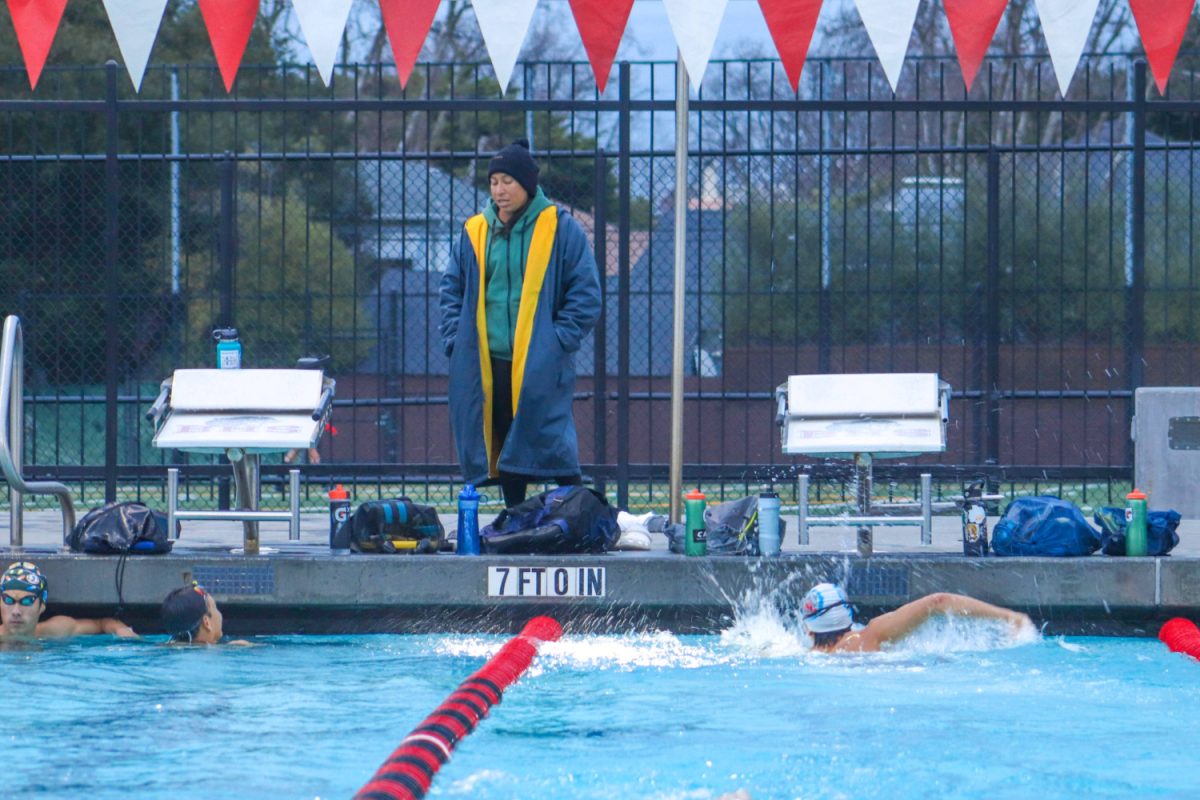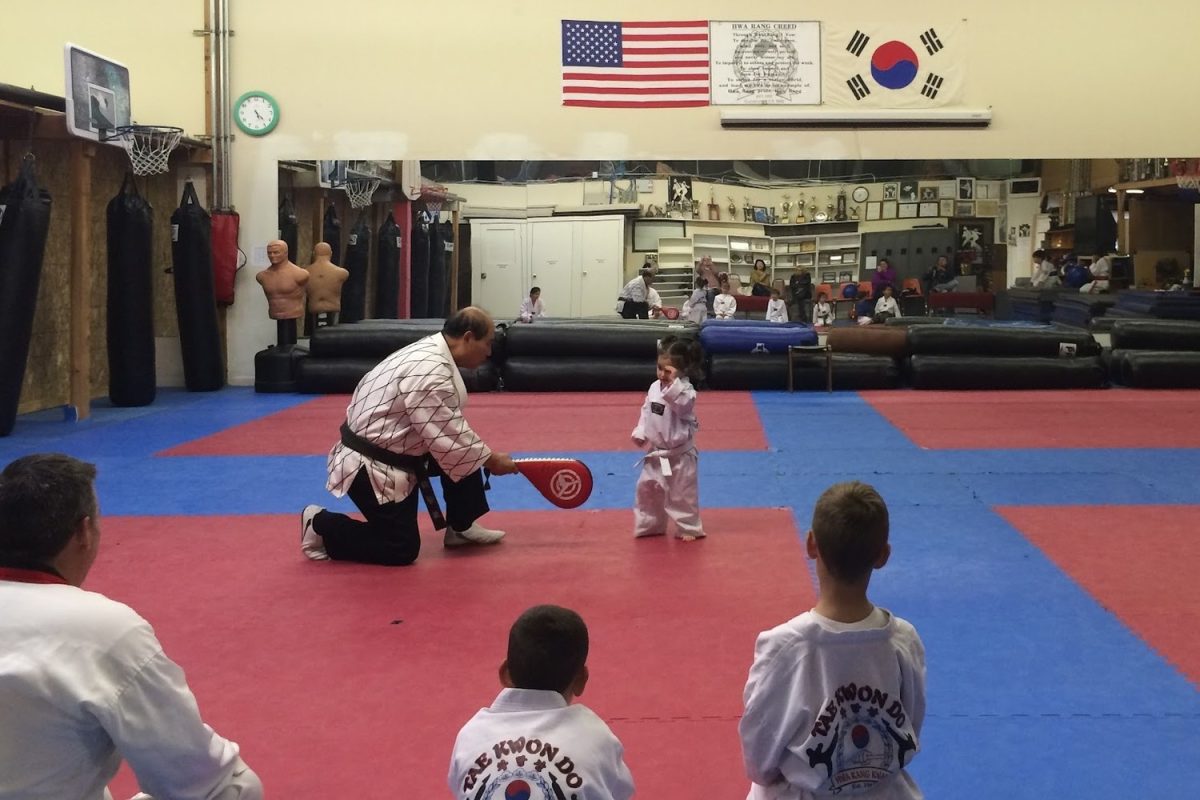Imagine trudging through debris from a wildfire. Your job is to pick up what the fire hasn’t already destroyed. Houses are reduced to rubble and there isn’t a living thing in sight. The environment you’re in is stressful. Luckily, you’ve had the training to handle these types of drastic situations.
Now picture a similar situation: You are responsible for keeping patients alive long enough to transfer them to a hospital. There’s lots of commotion in the ambulance with machines beeping and patients in pain. But, you have to remain focused and remember your training in order to have a successful outcome.
First responders give patients a second chance at life. But it’s much more than that. They give individuals the opportunity to experience the best moments of life and spend time with friends and family.
“The fire department helps when others can’t help themselves. We get calls for a variety of reasons. From water leaks to people stuck in cars, it’s amazing the number of things we see,” said Battalion Chief Daniel Abrams.
Abrams has been a firefighter for 37 years and has spent the past 28 years with the Redwood City Fire Department.
First responders have the training and capability to assess any situation and its possible outcomes. It takes a split second for an accident to escalate, and strong judgment is important in this field of work.
For firefighters, one must earn a college degree, EMT license, work as an EMT for a few years, volunteer at fire stations, and graduate from the fire academy in order to become a firefighter.
However, training doesn’t stop there. Firefighters attend training even on their last day on duty before retirement. Throughout their entire career, the knowledge of building construction, medical care, fire science, water and technical rescue, automobile engineering, and hazardous materials are required.
In a paramedic’s case, basic training demonstrates responding to emergency calls, evaluating patients, and communicating with the base hospital or other emergency medical dispatchers. In addition, observing evidence and witnesses at a scene, completing reports, maintaining necessary equipment, and training others in first aid techniques is crucial to comprehend and implement into work.
Depending on personal circumstances, it takes someone three years on average to complete training. During the time, support from other first responders is paramount.
“It’s really nice when you see experienced first responders helping out those who are just starting or are in the process of training,” said EMS Battalion Chief Steven Silici.
Silici is the EMS Battalion Chief for Woodside Fire Protection District and the Redwood City Fire Department.
In San Mateo County, firefighters and paramedics are hired for first patient contact. Paramedics are trained as firefighters in order to offer a wide variety of emergency skills that benefit the patients.
“Everyone helps out, but paramedics have more medical knowledge and are generally the ones who will go in the ambulance with a patient if it’s serious,” Abrams said.
At the end of the day firefighters and paramedics are still human, even after all the training first responders complete. However, particular events can overwhelm even the most well-trained and experienced. At some point, numerous emotions will take over involuntarily and not for the best.
According to EHS Today, crisis incident stress management (CISM) is a peer-led approach to crisis intervention created for first responders dealing with major stress-producing events. CISM is one of the various options provided for responders to help with mental and physical trauma.
Although there are critics who oppose this method, many believe that treating stress early may halt the progression of PTSD.
In addition to CISM, discussing distressful calls is proven to be an effective strategy to process the stress that comes in this line of duty.
“Being open and talking about stressful situations definitely helps. If you don’t deal with it, then it can really mess you up,” said Justin Porter, who has been a firefighter for approximately a year and currently works for fire stations in the Bay Area.
There are multiple programs that offer pre-trauma exposure courses, but a checklist doesn’t compare to real life. No one can truly prepare to handle a situation they’ve never experienced.
Whether the event greatly changes a responder, or they have a minimal recollection of it, every first responder is affected by their observations.
“There are specific calls that are pretty vivid and that will always stick with you,” Porter said.
Not only does the job of a first responder affect the individual, but also their family.
“It’s hard on everyone because we miss holidays, birthdays, and even the first time our child walks,” Abrams said.
The toll of stress on both first responders and their families can make the job difficult but there are fulfilling aspects.
“Every day is a different day, and this job makes you feel like you make a difference,” Porter said.
Even though trauma is guaranteed in the career of a first responder, it doesn’t stop them from continuing in the field of work.
“The accidents we witness on duty are shocking and can be scary but, it what it is,” Silici said.
Perseverance is one of the many tools that is applied in order to process the trauma and hardships that come with it.
“When it starts to get hard that’s when you know you have to push through. You have to make it work whatever comes your way,” Porter said.
After the stressful calls and unpredicted inconveniences, a first responder doesn’t forget all of the worthwhile moments.
“The best part of my job is helping in any way and not always playing a big hero. It’s amazing to help people in a bad position get back up on their feet,” Abrams said.























